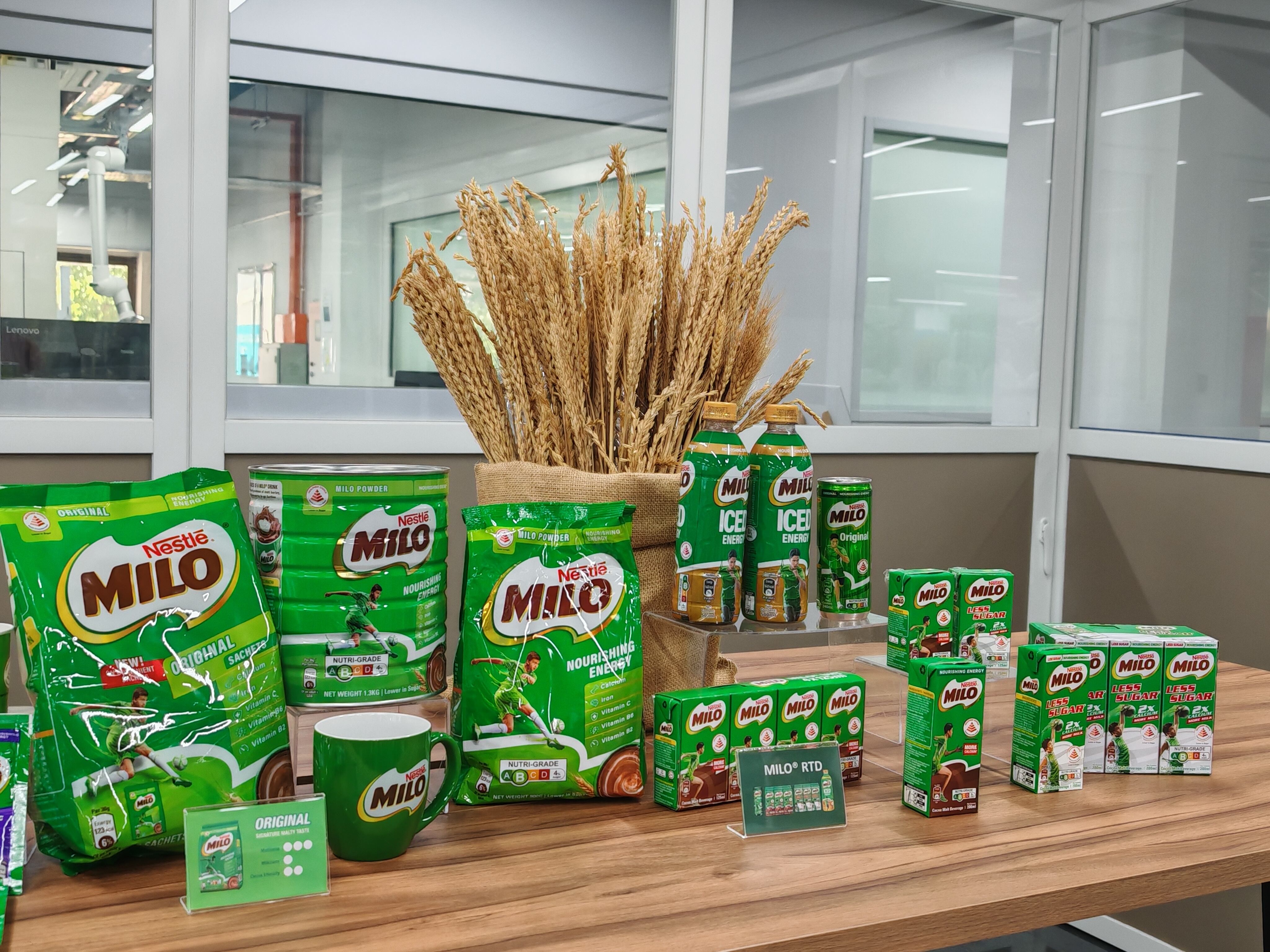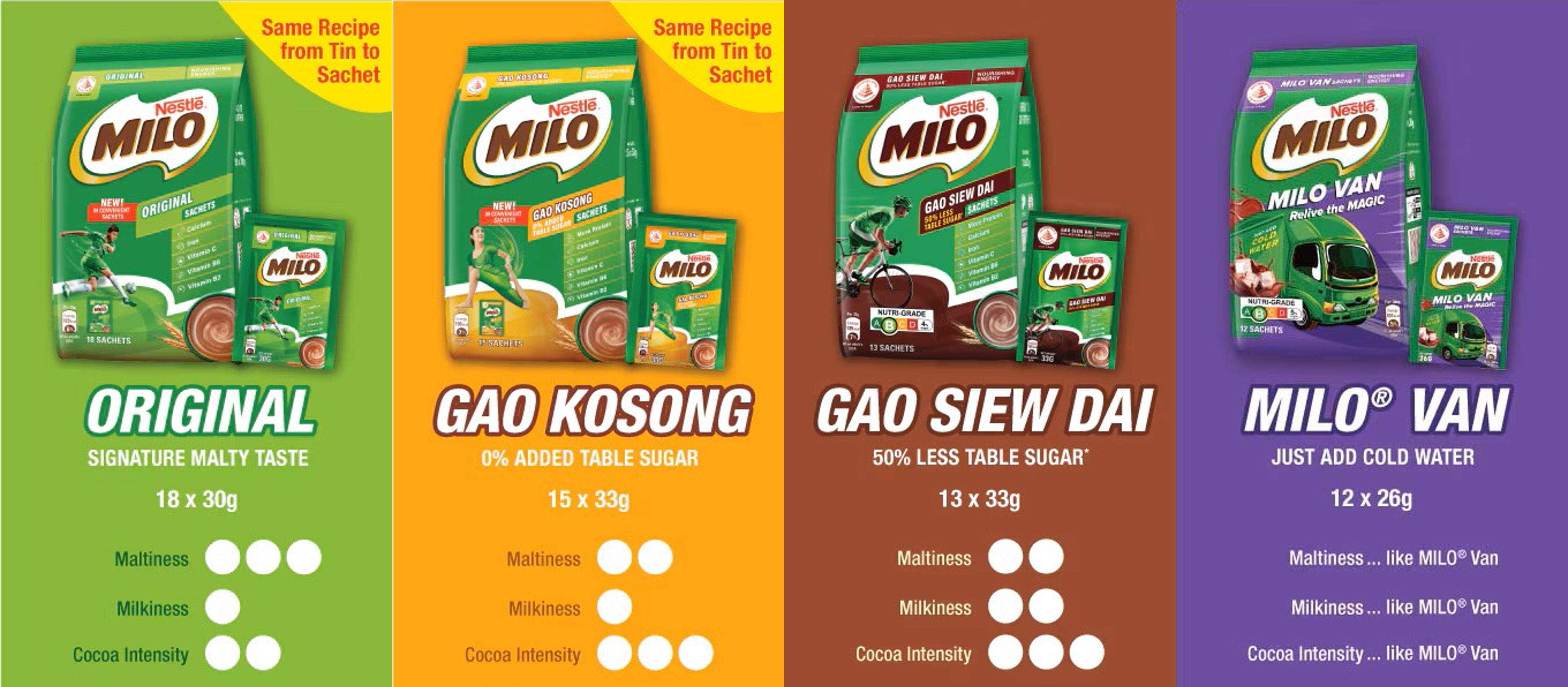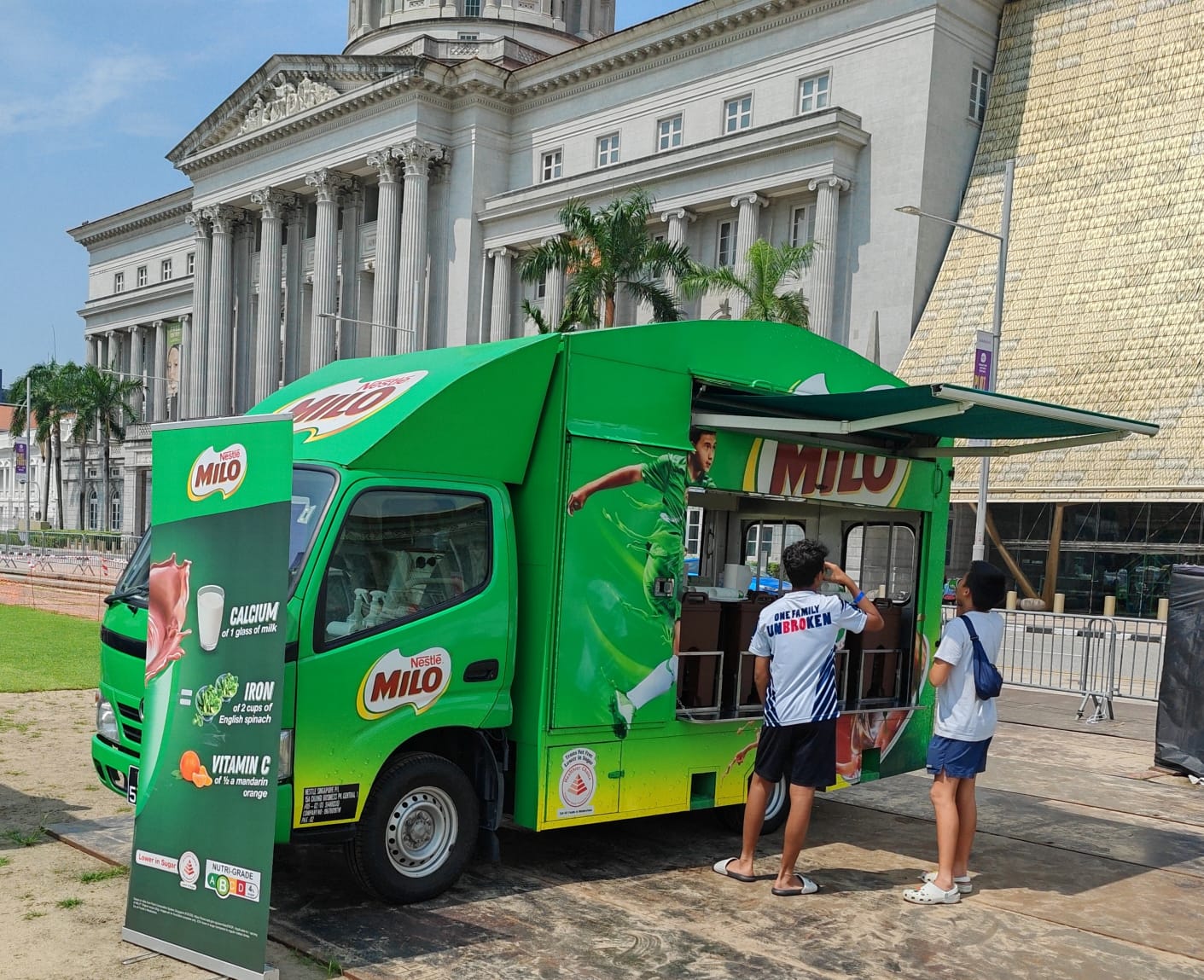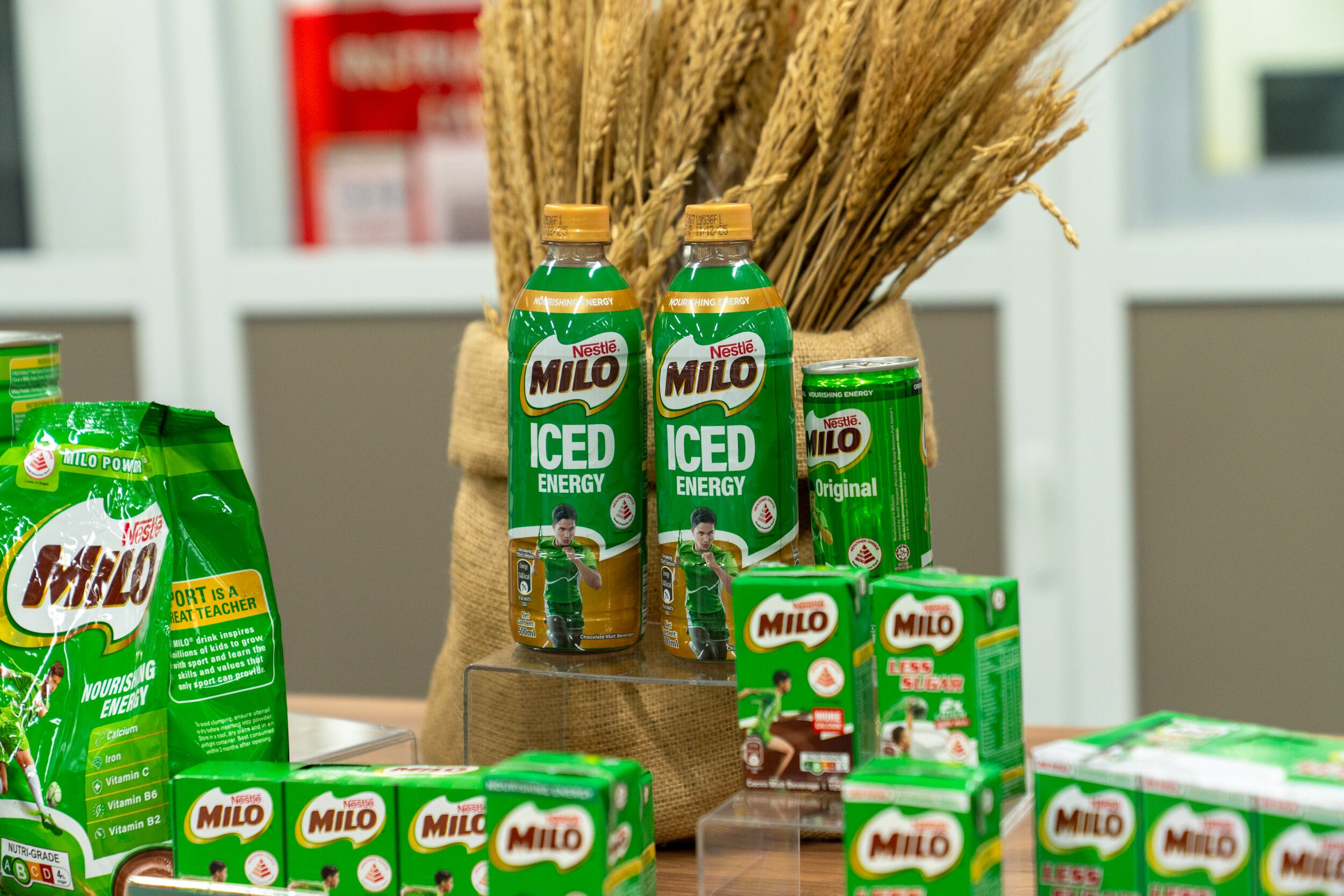MILO is arguably Nestle’s most well-known and successful brand in Asia, with the iconic chocolate malt drink considered to be a breakfast staple in many markets across the region.
That said, very little attention has been paid to its production process. So, for the first time in MILO’s 75-year history in Singapore, Nestlé has opened its doors for industry players to get a closer look at the region’s most-beloved malt drink.
“MILO has always been focused on taking simple agricultural ingredients and applying the science and magic to transform it into variations of the nutritious drink everyone knows and loves,” head of Nestlé R&D Singapore Guglielmo Bonora said.
“Singapore is the Centre of Excellence for MILO globally, home to Nestle’s expertise and global innovation for this brand as we are the home ground for the manufacturing of the proprietary special malt that the signature MILO taste and nutritional benefits in MILO products globally.”
Nestle’s Singapore factory produces around 15,000t of MILO for both Singapore and other international markets annually, and most R&D as well as new product innovation for the brand is also conducted in this location.

“A unique characteristic of MILO is that it tastes different in every market, and this has been developed on purpose – for instance MILO in Singapore is uniquely tailored for the Singaporean palate and is different from that sold in Malaysia or in Australia or anywhere else,” he said.
“Most consumers know that MILO from different markets taste different, but many do not know why. This can be largely attributed to the difference in ratio of the main ingredients which are malted barley, milk and cocoa.”
For instance, Singaporean MILO is known for having a much stronger malt-forward note, whereas Australian MILO has a much stronger milk-forward note, closely tied to the fact that milk is much more prominent in Australian diets than in Singaporean ones.
How is MILO made?
MILO is usually sold as a powder, but its production process is very different from that of cocoa or coffee powders.
“After the barley is processed into our proprietary special malt extract, there are four main steps to turn this, milk and cocoa into MILO: Mixing, Spreading, Baking and Pulverising,” Nestlé R&D Singapore MILO Global RCD category lead Youyun Liang said.
“The mixing of the ingredients creates a thick mixture that we spread out as thin as possible onto a baking sheet, and this is baked to create a crispy meringue-like block which we pulverise to get the MILO powder.”
Check out the video below to discover the actual process of MILO-making.
To ensure consistency and quality, MILO Singapore has invested in trained taste panellists to taste test every batch of MILO produced in the Nestlé Singapore factory.
Resident MILO expert Joyce Lee, the Nestlé Singapore Jurong Factory MILO application group manager, has been taste testing MILO for over 20 years, developing a palate so sensitive to the point of being able to identify distinct differences in every batch of product.
“This has involved tasting at least 20 cups of MILO a day, across all the different types of MILO being produced here for both local and overseas markets,” Lee said.
“This is the level of quality and safety that Nestlé insists on maintaining in order to ensure consistency for all our consumers.”
Localised MILO innovations
Singapore’s position as the MILO Centre of Excellence also means that it has a large portfolio of dedicated MILO recipes catered to every aspect of the Singaporean palate.
“Singaporeans have one of the most unique taste palates in the world because of our diverse food culture and wide exposure to international cuisines,” Nestlé Singapore MILO Business Manager Alene Ee added.
“We also understand that consumer taste preferences and palates can evolve over time, so some may begin to appreciate a richer mouthful, a less sweet profile and so on – which is why we have been actively developing new product innovations such as MILO Gao Siew Dai and MILO Gao Kosong to meet these changing taste preferences.”
Some key MILO products can be found below:

Key MILO variants sold in Singapore
MILO Powder (Singapore recipe)
- Number 1 selling recipe in Singapore
- One cup gives the Calcium of one glass of milk, Iron of two plates of English Spinach, Vitamin C of ½ a mandarin orange
MILO Gao Siew Dai (Gao=Thick, Siew Dai=Less Sweet)
- 50% less added table sugar
- More cocoa-forward
- More intense flavour
MILO Gao Kosong (Gao=Thick, Kosong=No Added Sugar)
- World’s first MILO powder with no added table sugar
- More cocoa-forward
- More intense flavour with little to no sweetness
MILO Van Sachets
- Dissolves easily in cold water
- Repacked into sachets for consumers to take home the MILO Van magic
In addition to these, there are also other variants such as MILO 3-in-1, MILO Australian version, MILO Calcium Plus and MILO Whole Grain Cereal sold in Singapore.
What is MILO Van?
One of the most unique localised MILO products featured was the new MILO Van Sachets – MILO vans have traditionally been a mainstay at large-scale sports events in markets like Singapore and Malaysia, with the MILO made fresh at Nestlé factories and distributed at these events.

Over the years, many consumers have highlighted the taste of MILO from the vans as the ‘best version of all’ and lamented the inability to recreate this taste at home or when eating out – but the secret may finally be out.
“We have had many questions about this over the years, as to why the taste of MILO Van MILO is different from others, but it is actually made from the same original MILO powder,” Lee added.
“So to solve this mystery, we have experimented with various methods and found that: first, MILO needs to be drunk cold just like from the van; second, it needs a bit of aeration – so we developed the MILO Van sachets to be dissolvable in cold water and we use a shaker instead of a stirrer to make the final cup of MILO; and finally, we managed to replicate that coveted childhood taste from the MILO Van.”


